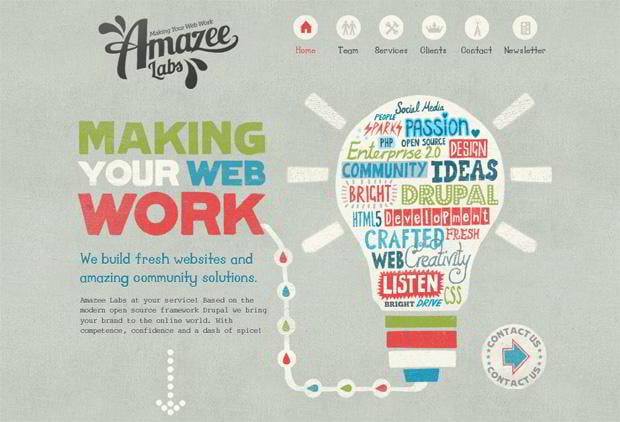Key Elements Of Web Site Layout: Techniques For Developing An Obtainable Customer Experience
Key Elements Of Web Site Layout: Techniques For Developing An Obtainable Customer Experience
Blog Article
Content Written By-Scarborough Skinner
When it involves site layout, making certain user-friendliness is key. From responsive design to structured navigation, every aspect plays a vital role in creating a site that caters to your target market's demands. But what about mouse click the next document that can make or damage a user's searching experience? Keep tuned as we uncover some often-overlooked ideas that can raise your web site's functionality to the following level, making it absolutely attract attention in the electronic landscape.
Relevance of Responsive Layout
Responsive style is a vital element of modern website advancement. Ensuring your web site is responsive ways that it can adapt to different screen sizes and tools, supplying a seamless experience for customers.
With the increasing use of mobile phones and tablets to access the web, having a receptive layout is necessary for reaching a bigger audience. It assists in boosting customer experience by making your site very easy to browse and continue reading any kind of gadget.
Additionally, receptive style can positively influence your online search engine rankings, as search engines like Google prioritize mobile-friendly web sites. By having a receptive layout, you're likewise future-proofing your site, as new devices with differing display sizes continue to arise.
Simplify Navigation Structure
To improve customer experience and assist in easy accessibility to information on your site, simplifying the navigating structure is paramount. When developing your website, concentrate on developing a clear and user-friendly navigation food selection that aids visitors find what they're looking for swiftly.
Limitation the variety of food selection products to the basics, grouping relevant pages together to stay clear of overwhelming customers. Use fort worth tx seo expert that clearly indicate the web content of each page, making it simpler for users to understand where each link will certainly take them.
Take into consideration implementing dropdown food selections for subcategories to stop cluttering the major navigation bar. Furthermore, include a search bar prominently on the page for users who like searching for particular details.
Focus on mobile responsiveness in your navigating design to ensure very easy accessibility on all gadgets.
Enhance Page Load Speed
Improving page tons rate is important for maintaining site visitors on your site. Slow-loading web pages irritate users and can result in high bounce rates. To maximize web page tons speed, beginning by optimizing photos. Press photos without compromising quality to reduce their file dimensions.
Additionally, enable web browser caching to keep often accessed resources in your area, accelerating load times for returning site visitors. Minify CSS, JavaScript, and HTML data by eliminating unneeded personalities, comments, and formatting, enhancing lots rate.
Consider utilizing a web content delivery network (CDN) to disperse your website's web content across numerous web servers worldwide, reducing latency for users accessing your site from different areas. Finally, limit the use of third-party scripts and plugins, as they can dramatically impact load times.
Final thought
In conclusion, by integrating responsive design, streamlining navigation, and optimizing page load speed, you can develop an user-friendly web site that attract a bigger target market and enhances individual experience. These essential elements make certain that visitors can easily accessibility and browse your website across different tools, causing enhanced involvement and fulfillment. By concentrating on these crucial elements, you can develop an effective site that maintains individuals returning for more.
